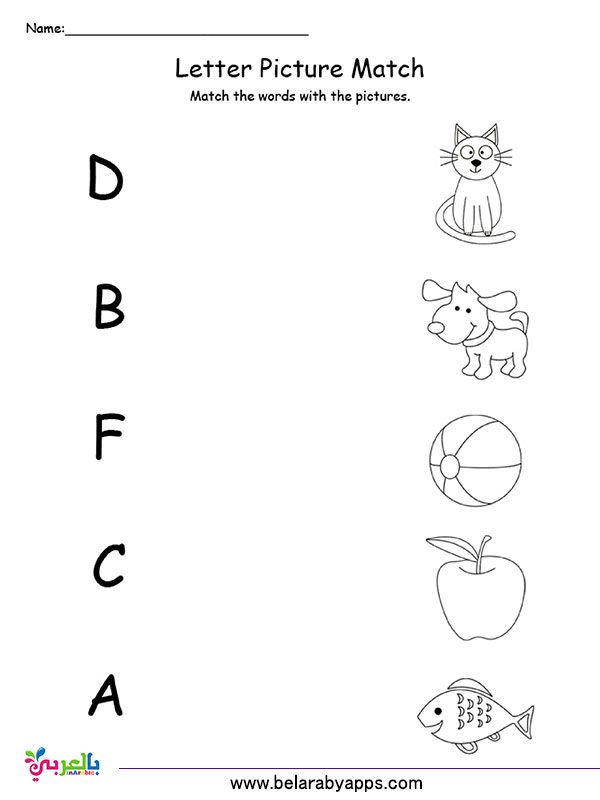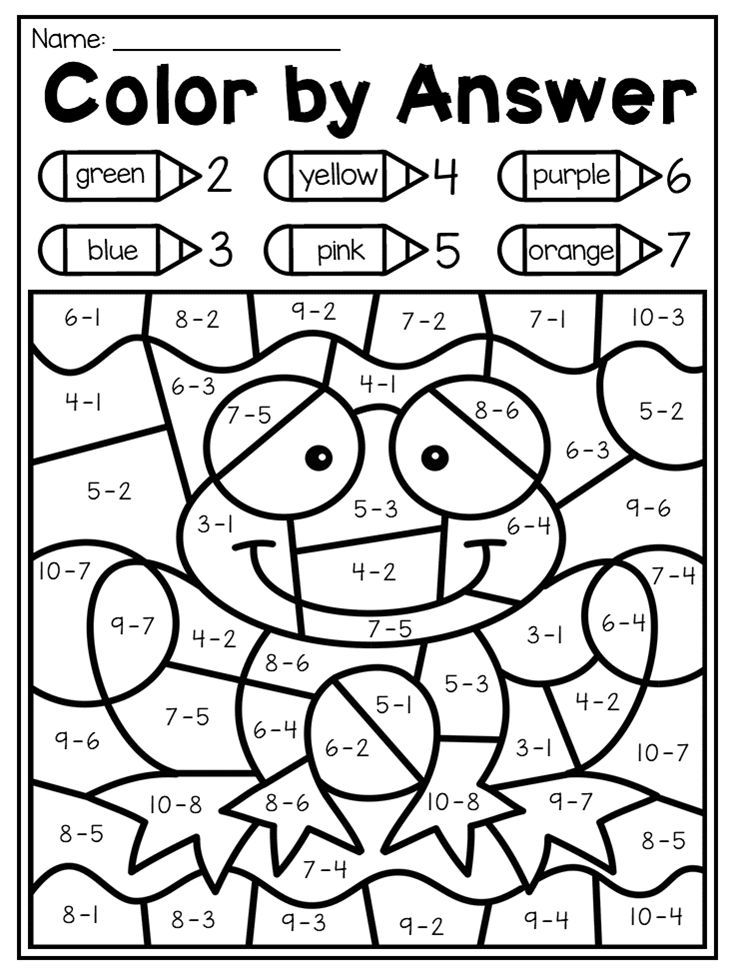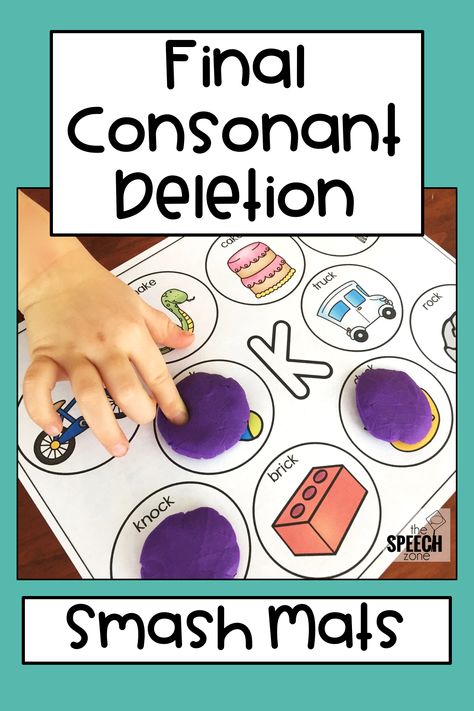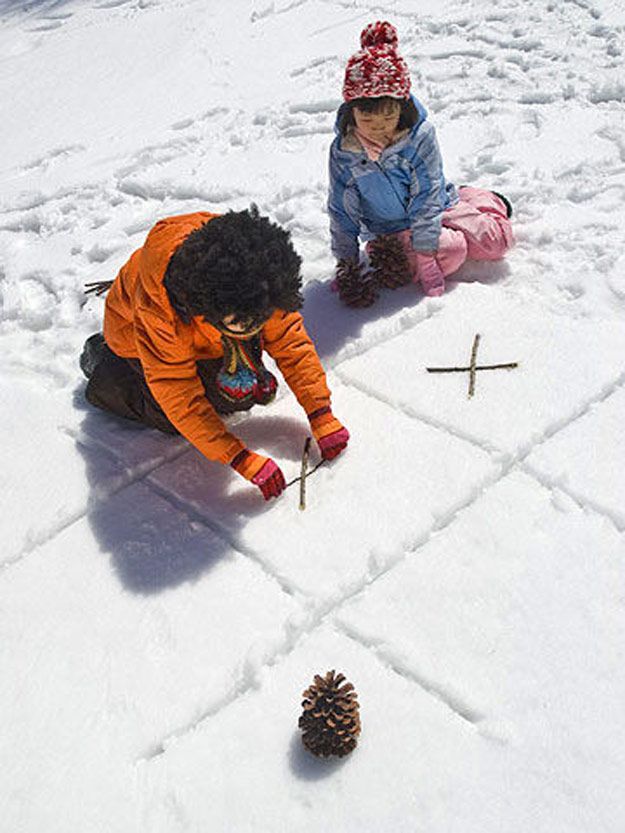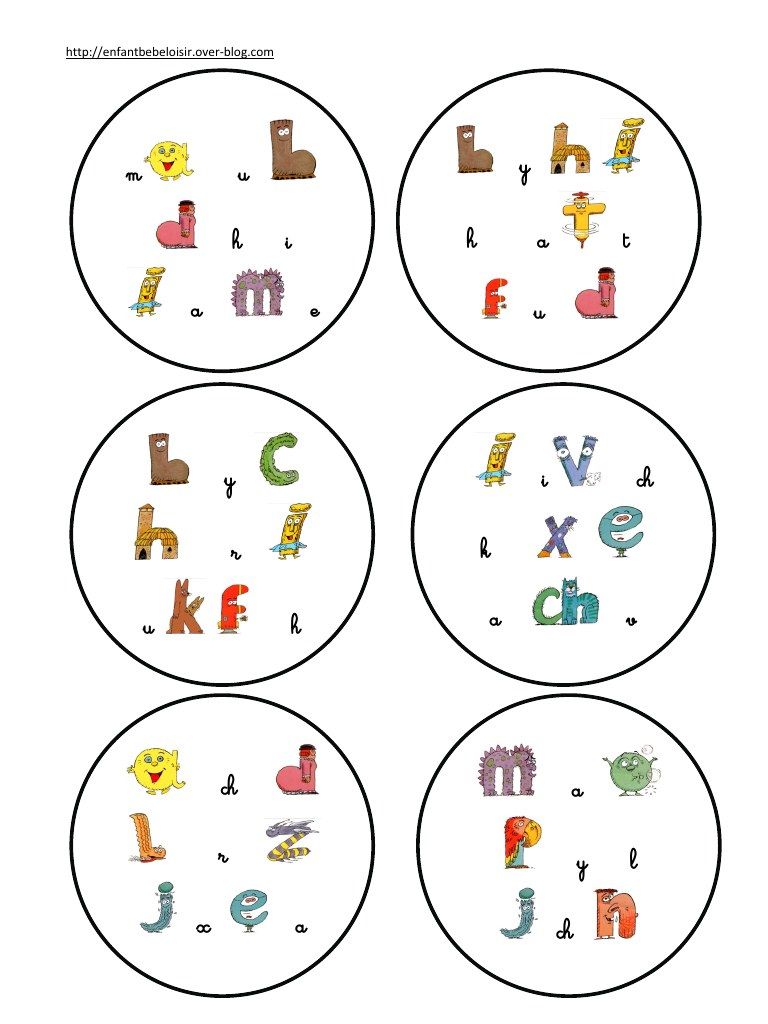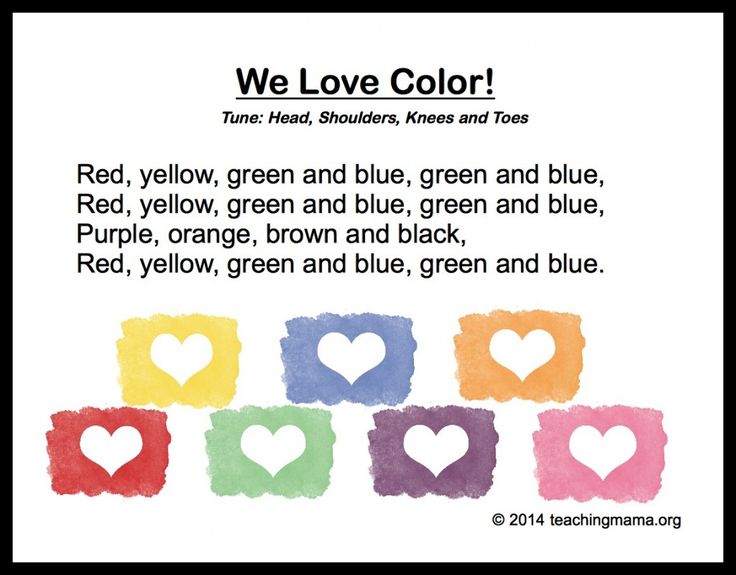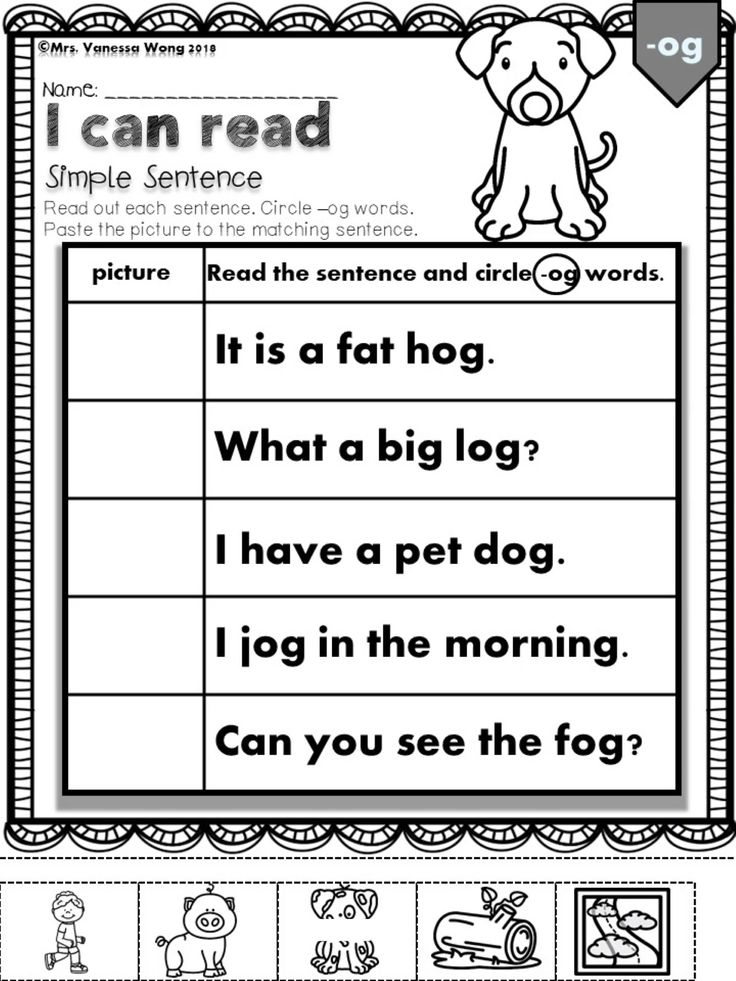How to teach preschool math
31 play-based ways to teach math to preschoolers
Play-based math lessons for children ages 0-5
Even before children reach preschool age, they start to develop their mathematical skills as they interact with — and learn from — the world around them. When the skills they learn relate to numbers and math, they're known as early math skills, which are the skills and concepts a child builds during the first few years of their life.
Sometimes, these skills can also be referred to as pre-math skills or early numeracy skills. Before children can get to what adults think of as math, like addition and subtraction, there are actually some steps to learning mathematical concepts they must satisfy in order to advance.
Babies: Math skills learned at 0-12 months old
- Babies begin to observe the shape, size, and color of objects between 0-4 months
- They can tell the difference between a picture that shows 2 things and a picture that shows 3 things (though they obviously can’t communicate it)
- They begin to predict things and might be surprised if something that typically happens twice happens three times
- Begins classifying objects, for example, toys that have sound and toys that don’t
- Develops an understanding of cause and effect (this is one reason babies like to throw food - they throw, you pick it up - cause & effect)
- Starts to understand relative size - for example you are bigger than they are
- Around nine months babies can start to tell the difference between groups of items that have different quantities, for example one group has 5 toys and one group has 10
- Starts to understand words that describe quantities, for example bigger, smaller, more
Children develop math skills from birth!
Toddlers: Math skills learned at 1-2 years old
- Toddlers begin to recognize and name numbers
- Learns to recite the numbers 1-10, though they may skip some numbers
- Develops an understanding that numbers represent quantity - for example when you hold up two fingers
- Matches and groups basic shapes
- Starts to understand words that describe measurements, for example faster, slower
- Develops interest in measurement, for example pouring into, and emptying, a cup
- Starts noticing patterns in their environment, including their daily routine and in things like wallpaper
Preschoolers: Math skills learned at 3-4 years old
- Further develops classification skills and compares things using groups, like age or height
- Understands that numerals stand for number names
- Notices shapes in their environment
- Counts up to 20 or beyond and can count numbers in a group
- Spatial awareness improves
- Begins predicting what will happen next based on their understanding of cause & effect
Play-based approaches are the best way to develop math skills in preschoolers.
Kindergarten: Math skills learned at 5-6 years old
- Learns to count on fingers, counting to five on one hand and starting with six on their other
- Recognizes numerals up to 20 or beyond
- Begins identifying the larger of two numbers
- Starts to understand broad time concepts like the days of the week
- Follows multi-step directions when instructed to do something first and next
How to teach math to preschoolers
Children learn best through play and learning math is no exception. But, you don’t need to spend hours setting up math lessons - there are play-based ways to incorporate math into almost everything you do. Remember, math skills go far beyond counting, addition, and subtraction. Math is problem solving, estimation, spatial relations, representation, patterns, and more.
31 Ways to teach preschoolers math
1. Board games
Board games are one of the easiest ways to teach preschoolers math. There are countless opportunities to count! Some of our favorites are Count Your Chickens, Hi Ho Cherry-O, and Hoot Owl Hoot.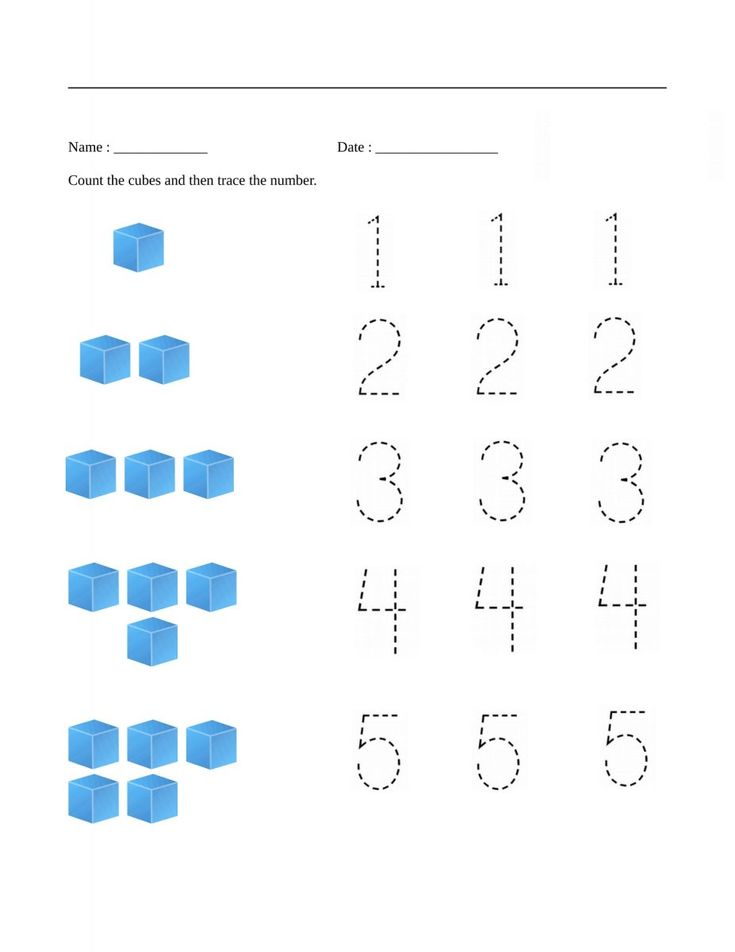
Preparing #Teachers to Teach #Math https://t.co/DnyohQ6N68 #earlyed #preschool #childcare #children #parenting #kids #investinkids pic.twitter.com/nQ76MZdwfC
— 4-C (@4cwisconsin) December 16, 2016
Board games, like Count Your Chickens, develop math skills like counting.
2. Card games
Grab a deck of cards and play Go Fish or Uno. Cards are filled with numbers, shapes, colors, and patterns. War is a super simple game to play to help preschoolers remember which numbers are bigger and which are smaller.
3. Memory matching games
Memory matching games are all opportunities to practice math skills, not just by matching, but when you count how many matches each person has. You can pick one up with your child’s favorite character or use a deck of cards you have on hand.
5. Building blocks
Basic building blocks are one of the best toys for play-based learning around and the possibilities to develop math skills are endless.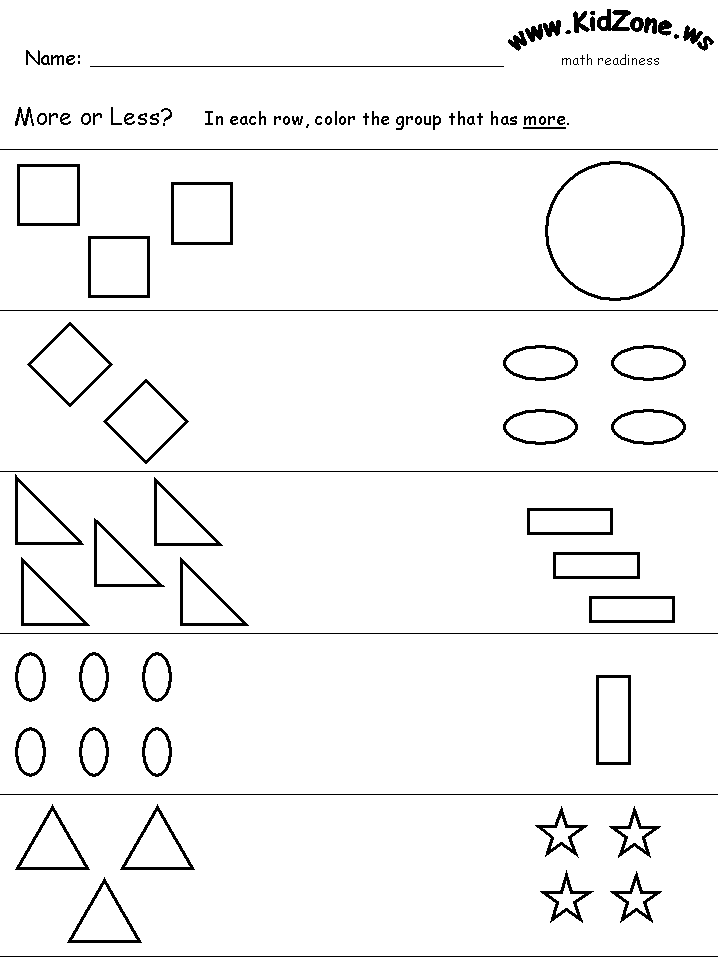 Break out the blocks and as they play, ask your child questions about shapes, the number of sides a block has, and how many blocks they can stack before their tower tumbles.
Break out the blocks and as they play, ask your child questions about shapes, the number of sides a block has, and how many blocks they can stack before their tower tumbles.
6. Read books
We think of books as a way to teach children to read, but there are many play-based ways to teach math using books. Books that have children finding hidden objects, like the I Spy series, are opportunities for counting and pattern recognition.
But, even books that aren’t activity focused provide chances to teach math skills to preschoolers. You can start by simply pointing out page numbers in books, which will help your child with number recognition and help them associate meaning behind the number. Ask your child to turn the page and tell you what the next page number is.
I Spy books are filled with riddles and help develop math skills in toddlers.
6. Find numbers in the environment
We’re surrounded by numbers, which means we’re also surrounded by opportunities for learning play-based math skills.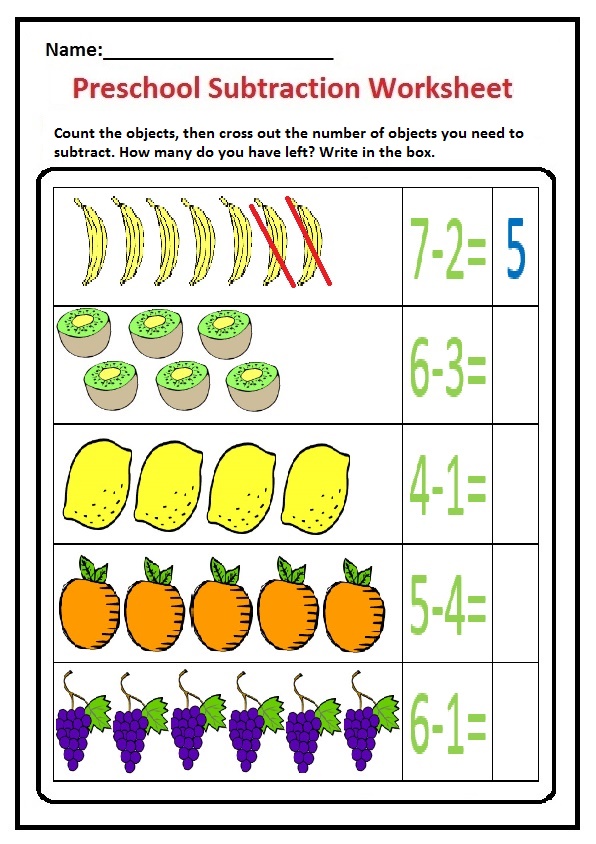 If you’re out and about, make a game out of finding numbers on signs, license plates, in the grocery store, and on clothing tags.
If you’re out and about, make a game out of finding numbers on signs, license plates, in the grocery store, and on clothing tags.
7. Sing counting songs
Music is such an important component of child development and is also a great tool to help preschoolers learn math! YouTube and Spotify have large collections of songs that help develop math skills in preschool children, or just ask Alexa! Songs and rhyming are long-used mnemonic devices to help aid in recall.
8. Set the table
Everyday chores can be fun when you create a math game out of it. Practice counting utensils, plates, napkins, and glasses. Plus, when you fill up your glasses (or drink from them) kids can develop an understanding of measurements.
Find everyday opportunities to incorporate play-based math into your child's day.
9. Play with stickers
Take the opportunity to create patterns and practice counting.
10.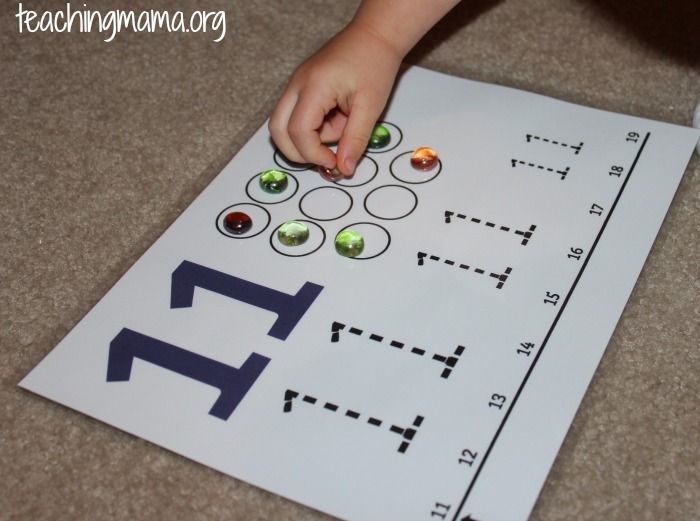 Bake cookies
Bake cookies
Baking and cooking are filled with opportunities to develop math skills. As a bonus, following a recipe helps children learn to connect written words to an action.
11. Online games
Most parents give their children screen time and nowadays, there are so many apps available that incorporate play-based learning, including math. It’s hard to know where to look and which ones are actually good. This list of 27 online educational games for kids is a great place to start, since it’s broken down by academic category as well as age.
12. Go shopping
Shopping can be a great time to introduce preschoolers to financial literacy, which is a key math skill. Pay in cash and have them help count the money.
13. Do a puzzle
Problem solving is one of the most important math skills a preschooler should develop and puzzles are all about problem solving.
14. Play hopscotch
Hopscotch is a numbers game.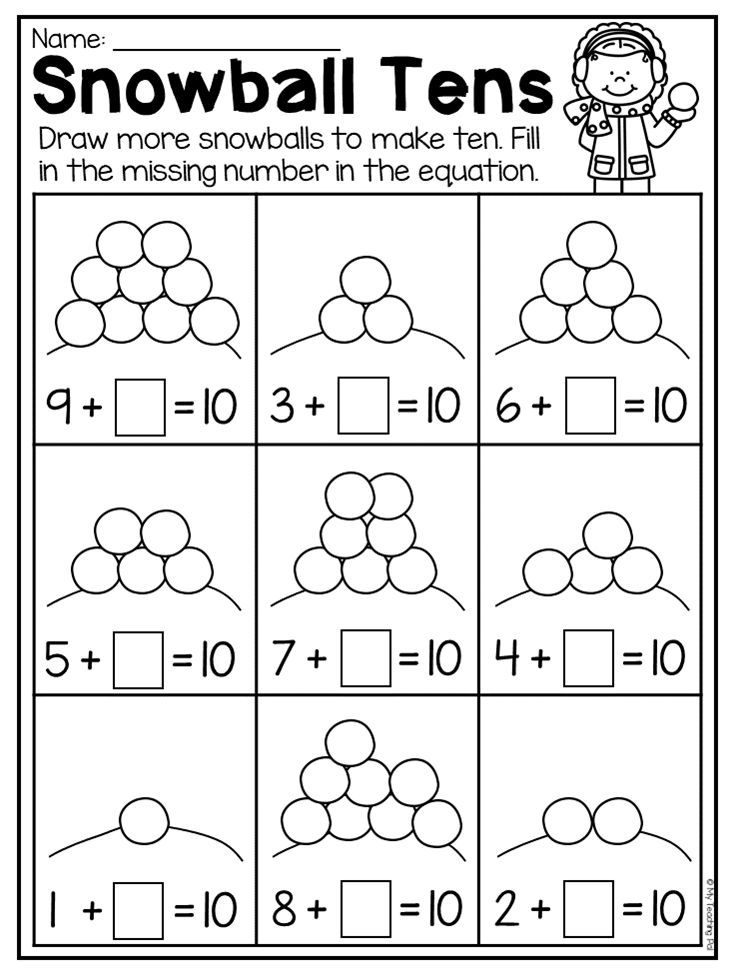 Grab sidewalk chalk and head outside or painter’s tape and create an indoor board on a rainy day.
Grab sidewalk chalk and head outside or painter’s tape and create an indoor board on a rainy day.
Hopscotch is a game of numbers and a fun play-based math lesson for children!
15. Mealtime math
Mealtime is a great time to teach math skills to preschool children. Who has more? Who has less? The glass is half full. How many chicken nuggets are on the plate? How many after you eat one?
16. Sort laundry
17. Dance
Is dancing math? Absolutely! Music uses an 8-count, which is a perfect time to practice math skills.
18. Hang up a growth chart
Math includes measurements and kids love to see how much they’ve grown. Pick one up that includes centimeters and inches and compare the two.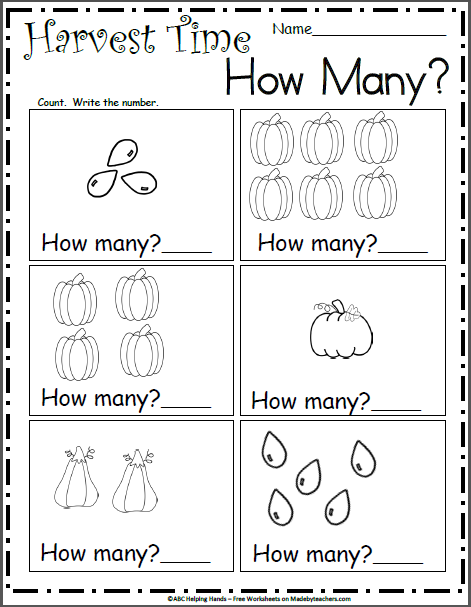
19. Play with tangrams
Tangrams are a super engaging way to help preschoolers learn math. Tangrams are a Chinese geometric puzzle that has seven pieces. The pieces can be rearranged to make other shapes.
Tangrams, like these from We Are Mom Friends, develop math skills like spatial relations and problem solving.
20. Shoot pool
You may have to grab a stool for your preschooler to stand on, but billiards is a math game filled with geometry.
21. Jump
Grab a tape measure and start jumping. You can help your preschooler work on math skills like height, distance, and measurement.
22. Hit the arcade
The arcade is filled with opportunities to practice math. Like billiards, games like pinball, air hockey, and skeeball are games of angles. Of course, checking your score is a math lesson. And if your local arcade gives tickets for prizes, there’s another chance to practice math.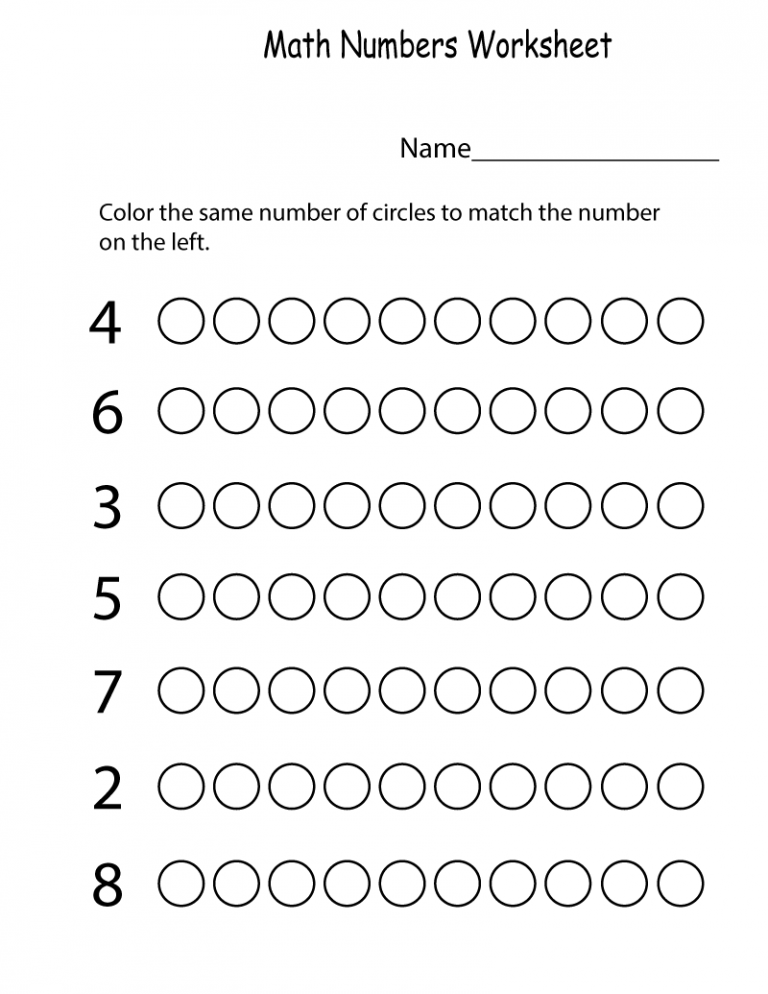
23. Clean up together
Cleaning can be fun and a math lesson for your preschool-age child. Organize while you clean and help your child learn sorting and categorization.
24. Eat pizza
Pepperoni or cheese - it doesn’t matter. Eating pizza is a math lesson in shapes, fractions, and subtraction.
25. Pick flowers
Head outside and pick some flowers (or just look at them if you don’t want to disturb nature). Count the petals and compare different flowers for an easy math lesson.
26. Play dominoes
Every child loves knocking over dominoes. But, they’re also a great way to help teach preschooler math, including the dot patterns, counting, addition, and subtraction.
27. Build with legos
Legos offer so many opportunities to practice math, including counting, geometry, grouping, patterns, addition, and subtraction.
28. Take a walk
There’s no need to create elaborate projects when teaching math to your preschooler.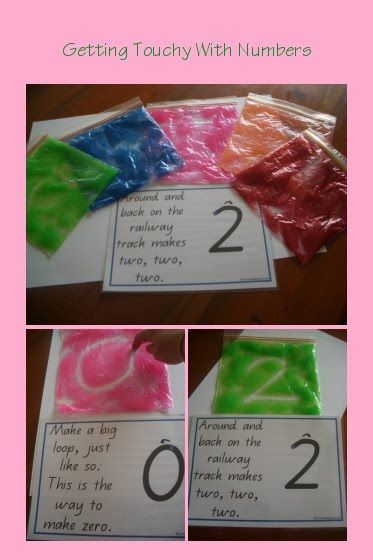 Head out for a walk and find shapes in nature or create a scavenger hunt. Find 10 flowers, 9 trees, 8 insects…
Head out for a walk and find shapes in nature or create a scavenger hunt. Find 10 flowers, 9 trees, 8 insects…
29. Look at bugs
While you’re out on your walk, look for some bugs for a quick and easy math lesson. How many legs does an insect have? What about a spider? Which has more? How many dots on a ladybug?
30. Play with cars
Cars are a math lesson when you start counting tires and group them by size or color. Even more, racing cars is a math lesson too when you time them and compare speed.
31. Create a countdown
A holiday, birthday, or other big event is the perfect opportunity to practice math. Create a countdown to the big day and talk about how many days have passed since you started and how many you have left.
Make learning math fun
Remember, math goes well beyond counting and arithmetic. Take a play-based approach and look for simple opportunities to incorporate math lessons into your day.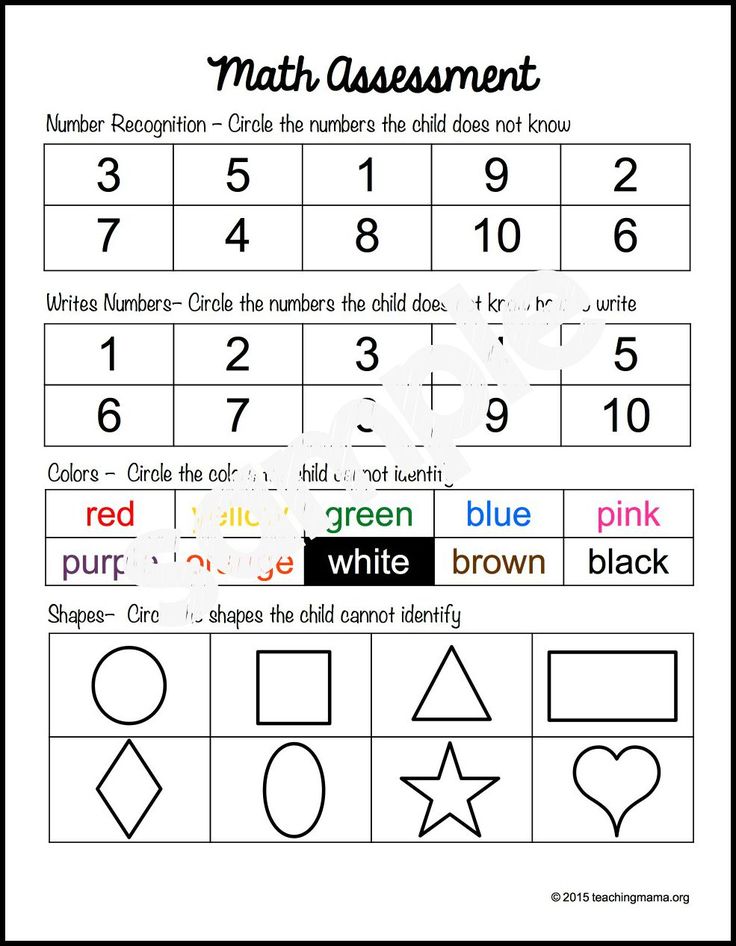 You’ll see your preschooler’s math skills develop in no time!
You’ll see your preschooler’s math skills develop in no time!
Have a favorite play-based way to teach math? Leave it in the comments below.
Paper Pinecone is the #1 most trusted childcare directory giving parents access to the best preschools and best daycares near you. Parents always search free and childcare providers always list free. Send inquiries about the best daycares and preschools to [email protected].
This post contains affiliate links.
How to Teach Maths to Preschoolers
- Share
Children start developing their mathematical skills while they are still babies exploring their environment and continue into their preschool years.
By the time they are learning formal mathematical concepts in the first grade, the foundation for success is already set.
Here are some tips for how to teach maths to preschoolers at school or at home by using hands-on activities and following a concrete-pictorial-abstract approach.
Early maths refers to the mathematical concepts and skills a child builds informally during the first few years. These are also called pre-maths skills or early numeracy skills.
It is essential to first develop these before trying to introduce maths concepts that are too advanced.
When introducing your child to maths, you may immediately think of numbers and start with counting, recognizing the numbers and adding or subtracting them.
While learning to count to 10 is fun for young kids, understanding the value of these numbers and what they represent is an advanced skill.
If you ask a very young child to count 5 objects by touching them one at a time, you might see them count the same object twice or skip over some.
It’s important to first understand how children learn mathematical concepts and then help them develop early mathematical skills.
The three stages of learning any mathematical concept are concrete, pictorial and abstract.
The Concrete StageIn the concrete stage, children need to physically experience a concept. They need to develop an understanding of one item by holding one block.
By playing with concrete objects, children form the concept that there can be one object, multiple objects, less objects, more objects, etc.
Many mathematical processes are going on while children build a tower of blocks or make mud cakes in the sand pit. They learn concepts such as more, less, one more, not enough, how many, plenty, fewer, take away and add on.
Children compare objects and learn that a value can be attached to objects.
The Pictorial StageIn the pictorial stage, which follows the concrete stage, children are able to see a picture of objects and understand that it represents real objects.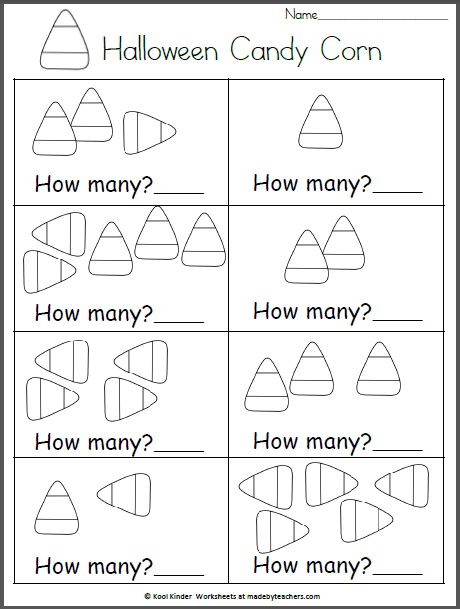
For example, a child can look at a picture and understand that the 4 leaves represent 4 actual leaves.
Later on, a child can see a dice with 4 dots on it and assign the value 4, knowing that the dots could hypothetically represent any object.
They would then be able to add the 4 dots on one dice to the 3 dots on another and say there are 7 dots altogether.
The Abstract StageThis is the final stage of understanding a mathematical concept. It means that a child can look at a sum, e.g. 4 + 3, written in number symbols, and add them without concrete objects or pictures.
The child has matured enough to understand that the symbols 4 and 3 represent a number of objects to be added.
This post contains affiliate links for educational products that I personally recommend. If you purchase through one of them, I earn a commission at no extra cost to you.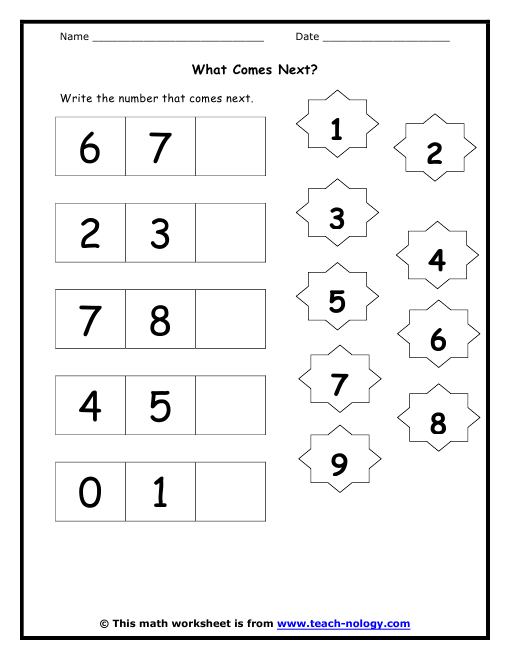 Read the terms and conditions for more details.
Read the terms and conditions for more details.
Preschoolers are mostly in the concrete stage.
In fact, up until the third or fourth grade, any teacher worth their salt will still introduce a new concept in a concrete way before moving on to books or worksheets with examples to solve.
When children understand a concept concretely, it is then much easier to solve abstract problems.
This means that in the preschool years, trying to push a child to count pictures of objects or understand the value of the number symbols is premature and will cause frustration.
You may want to expose your child to numbers (e.g. playing with wooden numbers like these or magnetic number tiles) or rhymes that teach counting, but do not expect your child to understand the value of these numbers yet.
How to Teach Maths to Your Preschooler: 15 Simple ActivitiesThe best method for teaching mathematics in early childhood is through their main medium of learning – play.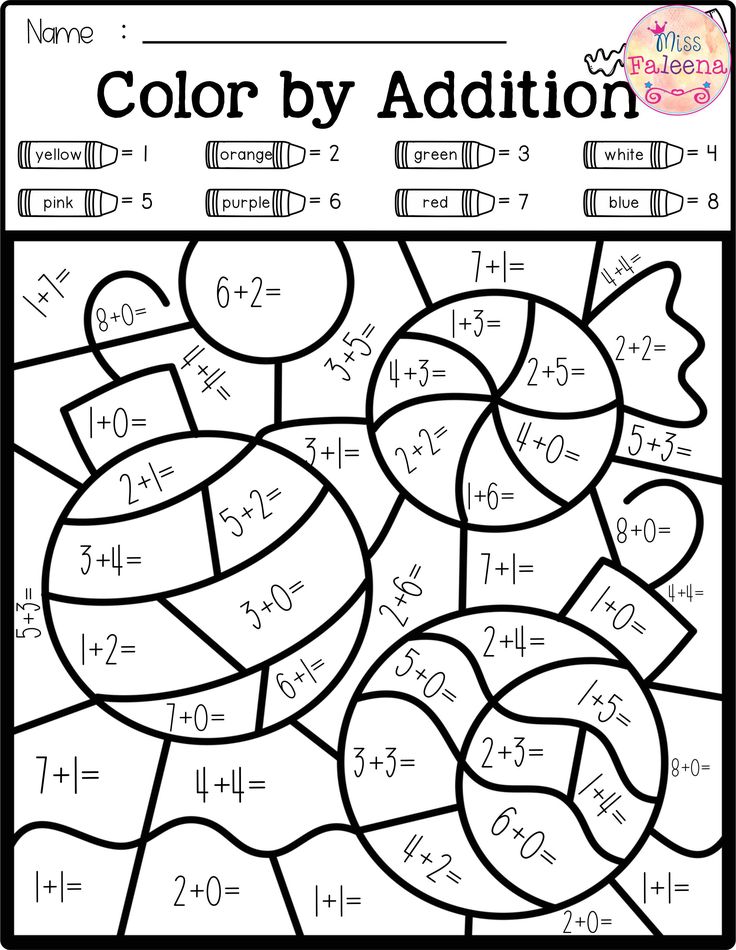
This means that during these early years children don’t need formal lessons, activity sheets and workbooks. Maths for preschoolers should be all about fun.
Here is a list of just a few basic everyday opportunities that double up as the perfect preschool maths activities.
1.
Play With ShapesPlaying with foam or wooden shapes familiarises your child with basic geometric shapes, as well as their properties. It teaches shape recognition.
2.
Make Shape PicturesCut basic shapes out of coloured paper and make a picture out of them. Children learn to join 2D shapes together to make different forms.
Tangrams (like these) are great for making pictures with shapes.
3.
Build PuzzlesPuzzles are excellent for developing visual perception and will build a child’s understanding of geometry.
Choose good quality wooden puzzles with a wooden tray.
4.
Play With PegboardsPegboards are another great activity for building maths skills in preschoolers.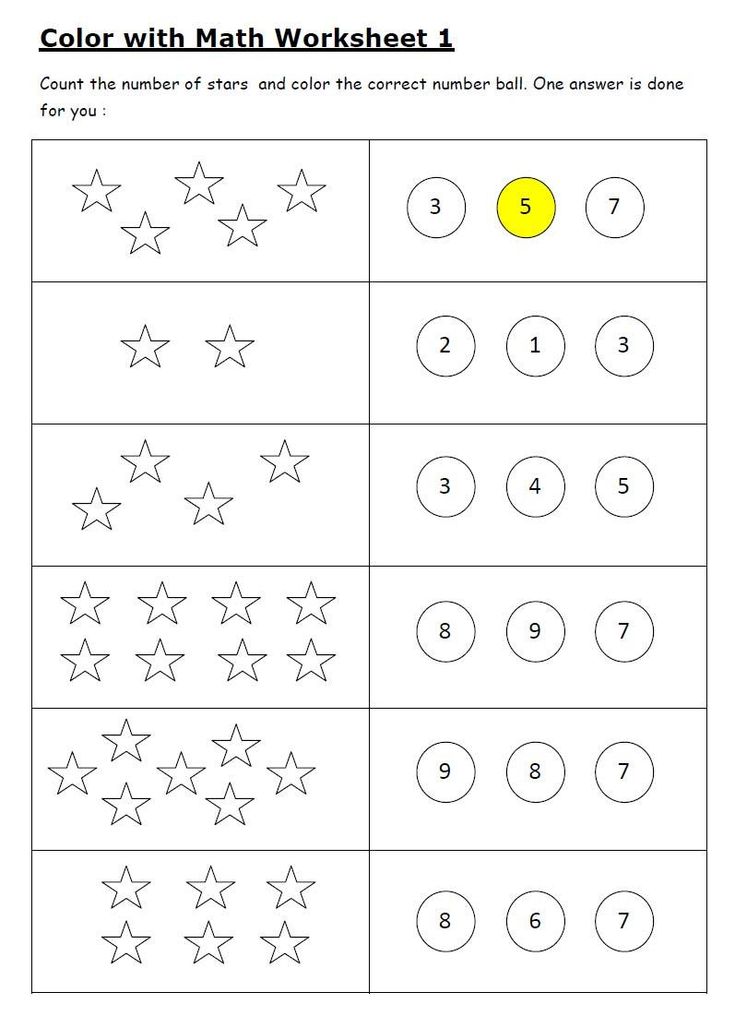 They develop number concepts and geometrical knowledge.
They develop number concepts and geometrical knowledge.
5.
Build FortsThis may not seem like a maths activity, but building forts and other structures and climbing inside them is the first step in a child learning about space and shape. These early play sessions are a must.
6.
Use ManipulativesThere are so many benefits of playing with blocks that children should have opportunities to play with blocks and all kinds of manipulatives daily.
Offer beads, counters and objects for loose parts play. There are also many benefits of Lego and other construction toys.
Playing with blocks is the first step in building a number concept and every child should have a good set of wooden blocks at home. This set is perfect for the classroom or home.
7.
Make Mud PiesWhen children play in the sandpit and make mud pies and other structures, they begin to use terms such as “I need to make another one,” “There are 3 cakes” or “I made one for each of us. ”
”
8.
Learn Counting SongsCounting songs are a fun way for a young child to learn to count forwards and backwards. This is known as rote counting.
They also learn about increasing and decreasing quantity in songs such as Five Green Bottles.
9.
Play With NumbersLet your child play with foam, rubber, wooden or plastic numbers in the bath or on a magnetic board. Because they are physical objects, your child can touch them and feel their shapes.
This is far more meaningful to a young child than looking at numbers on an activity page. With time, they will naturally learn to recognize them and know how they are formed.
10.
Make Playdough NumbersPlaydough is one of the best substances out there, with some amazing benefits.
Get kids to mould the numbers out of playdough. This sensory activity will imprint the numbers in your child’s mind far quicker than trying to write the numbers on paper.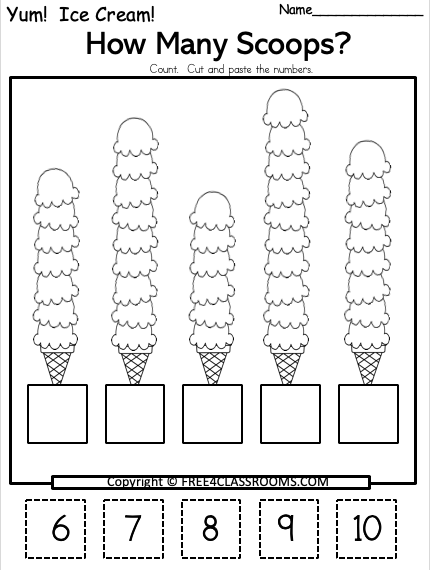
11.
Play With ContainersProvide containers of different sizes and shapes and let your child discover the basics of capacity while having fun in the bath or sandpit.
Baking is a great mathematical experience. Let your child be involved in measuring the ingredients to introduce them to units of measurement and quantities.
12.
Measure ObjectsAsk your child to measure certain objects – such as a book, table or room – using body parts like hands or feet, and later objects, such as a block or book.
Children must first learn to measure length using non-standard items before they can be introduced to standard measurements.
13.
Talk About TimeFind opportunities daily to talk about time. Use the daily routine as a starting point.
Discuss concepts such as the time of day (morning, afternoon) as well as clock time (“I’ll pick you up at 12 ‘o clock after storytime”).
14.
Play With ObjectsGive kids different objects and ask them to feel which are heavy or light and to compare the weight of different objects.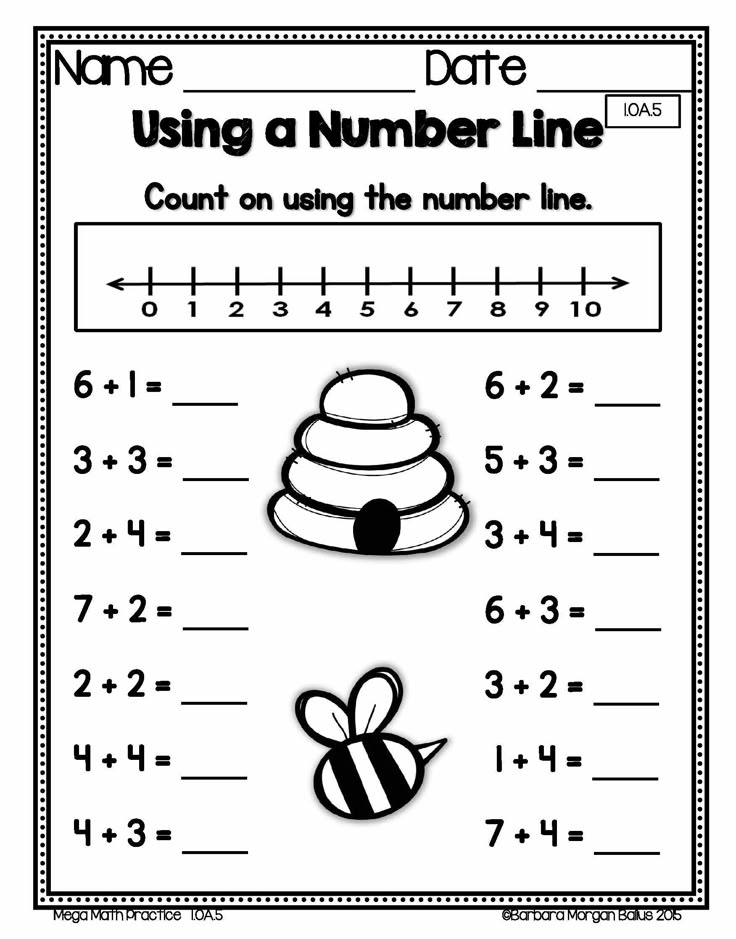
Use a balancing scale (or make one) and place various household items on it.
15.
Problem SolveProblem solving can be the most, um… problematic, of all the maths tasks! Children in the grades often struggle to visualize problems and what they actually mean.
They often resort to guessing operations (e.g. it says more so I should add) without having any idea what the problem is actually about and how, when visualized, the solution is usually so logical.
The best way to prepare children for problem solving is to give non-stop opportunities to actually solve real problems.
Encourage children to develop critical thinking skills.
You don’t necessarily need to be giving mathematical problems, just general problems that require training the brain to think, and think outside the box.
Allow many opportunities to:
- Build puzzles
- Solve brainteasers such as tangram puzzles
- Solve riddles
- Play games that require thinking
- Play with construction toys (e.
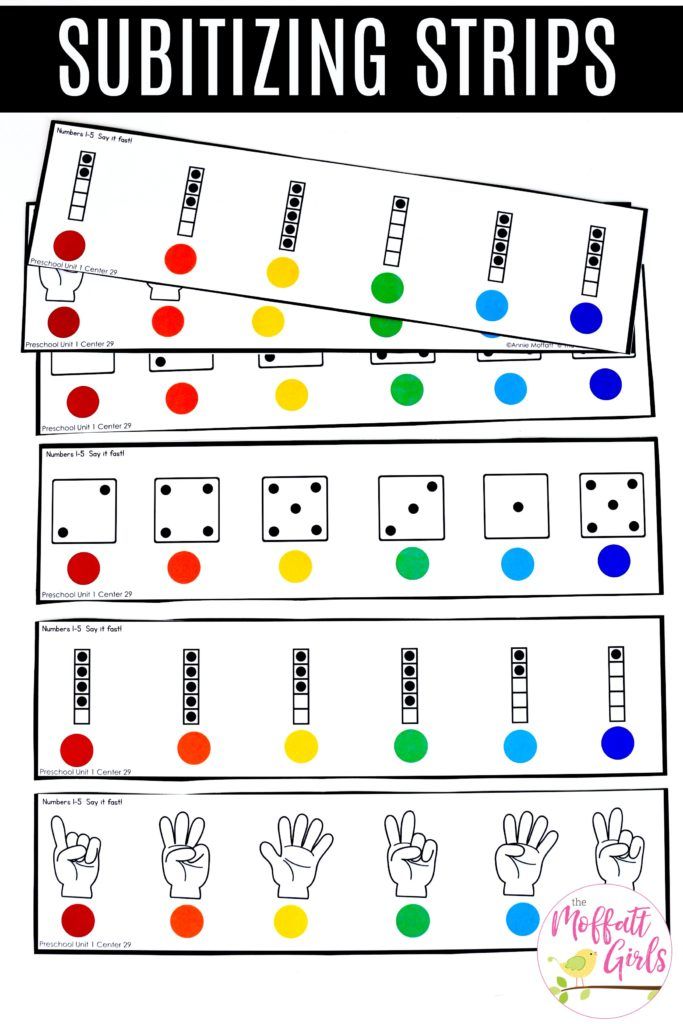 g. figuring out how to make a bridge that doesn’t fall)
g. figuring out how to make a bridge that doesn’t fall) - Discuss problems and solutions during storytime
- Ask children for solutions to everyday problems
As you can see, most play experiences have hidden opportunities for learning maths.
Learn to recognize them and use them to consciously teach certain skills. Remember to introduce new vocabulary and ask questions constantly during play.
Introduce words such as: heavier, lighter, longer, shorter, earlier, later, more, less, more than, less than, fewer, extra, not enough, altogether, left, another, full, empty, matching, same, different.
I hope you’ve enjoyed reading this article and have some new ideas to try.
Get FREE access to Printable Puzzles, Stories, Activity Packs and more!
Join Empowered Parents + and you’ll receive a downloadable set of printable puzzles, games and short stories, as well as the Learning Through Play Activity Pack which includes an entire year of activities for 3 to 6-year-olds.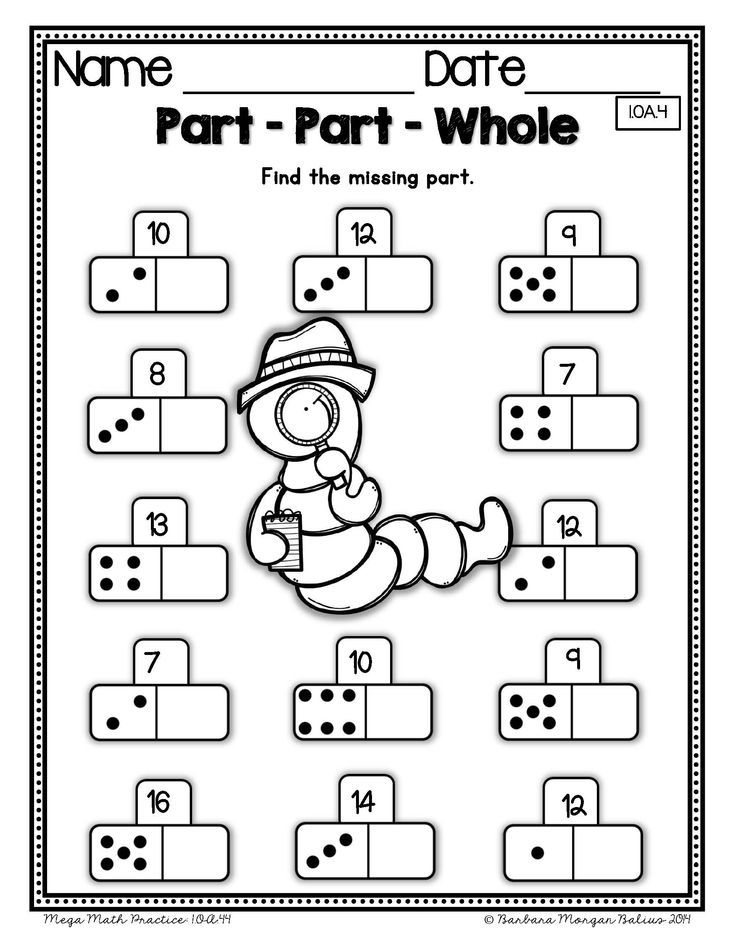
Access is free forever.
Signing up for a free Grow account is fast and easy and will allow you to bookmark articles to read later, on this website as well as many websites worldwide that use Grow.
- Share
How to teach mathematics to young children. And is it necessary? Often parents do not fully understand when and what it is time to do with their children. And when a child at the age of one and a half or two is told: “Come on, baby, we will learn letters and numbers” - this is not for age. And what about age? How to do math with the little ones?
1. Play. Many
Play is a natural state for young children and their main activity, including cognitive. In the game, information is best absorbed and skills are mastered. If you want your child to understand something, play it with him. The language of the game is the most understandable language for children.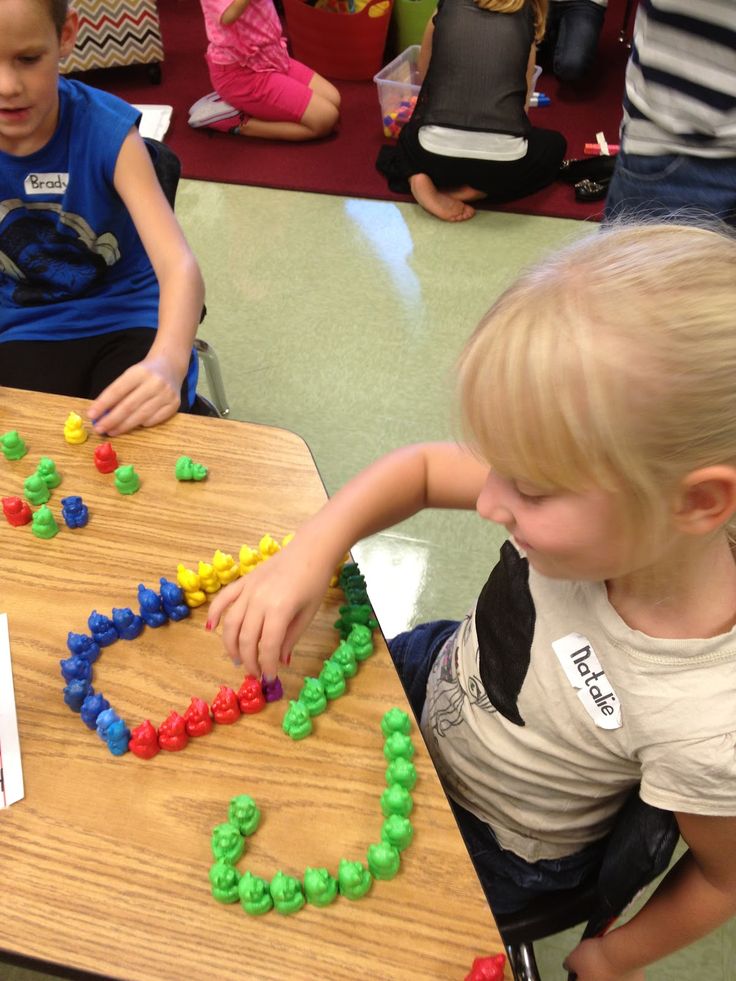 nine0003
nine0003
2. Translate everything into body language
Everything that we do with the child should be passed through his body. Through the game and through the body.
In our classes with kids, we translate everything into some movements understandable to the child. Wave with one hand, wave with both hands. Stand on one foot, pat one knee, hide one knee, hide two knees. Hide one ear. How many fingers I raised - knock so many times. How many times I say meow, so many times jump. How many times I clapped, take so many steps. nine0003
We translate one movement into another, and then we begin to translate them into quantity. We speak to the child in the language of the body of the child - the language he understands.
3. No abstractions
four-five-..." and so on. But this is not yet an account.
Right. Draw some line and say: “here I have 1, here I have 10, here I have 20, show me where 15 is.” And when he counts, then he will know where 15 is.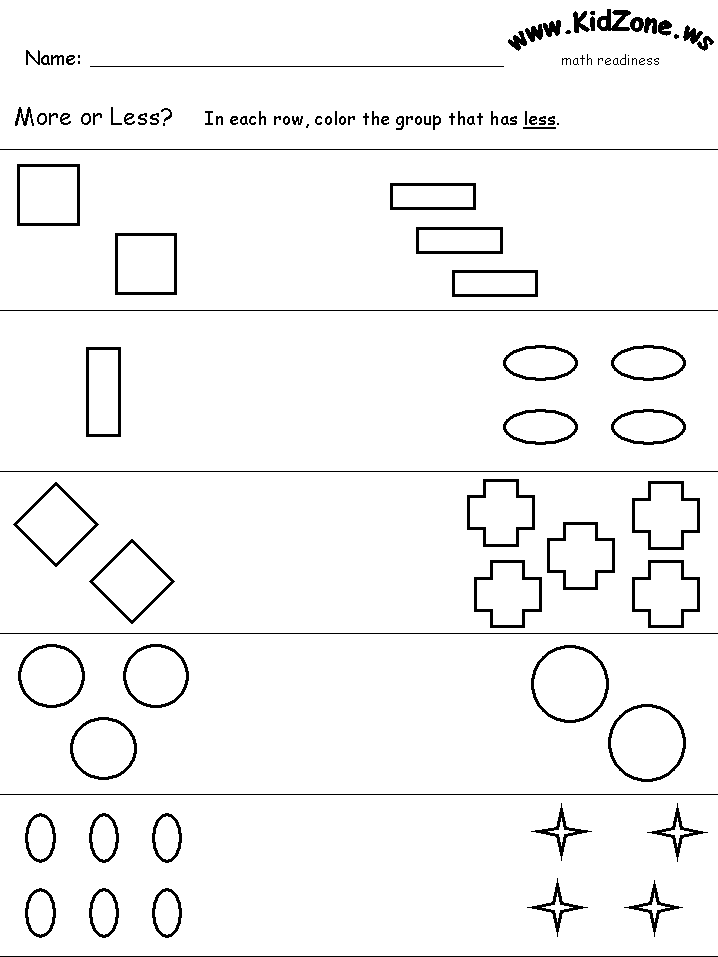 And until he goes through all the steps in order, he does not know. nine0003
And until he goes through all the steps in order, he does not know. nine0003
What do we do when we work with preschoolers in our math clubs?
- First, we advise parents not to rush into counting.
- Secondly, we make maximum use of various counting materials. Everything that we count, we must count on some objects.
Example. For four-year-olds, for example, playing with counting beads is like magic or a trick in a circus. You can put any beads on a string - five of one color, five of another. This is quite enough for a small child. And then you squeeze a few beads in the middle into a fist: “How many beads have I hidden now? What colour?". And then the child says: "Let me guess for you, and you guess." He thinks to me, and I look and say - yeah, you hid one blue and two red ones. The child opens his palm - and indeed, one is blue and one is red! nine0003
We use everything: counting sticks, counting cubes and just cubes, numikon and its Russian analogue, which is called "Alice", count on the fingers (we definitely count on the fingers!) .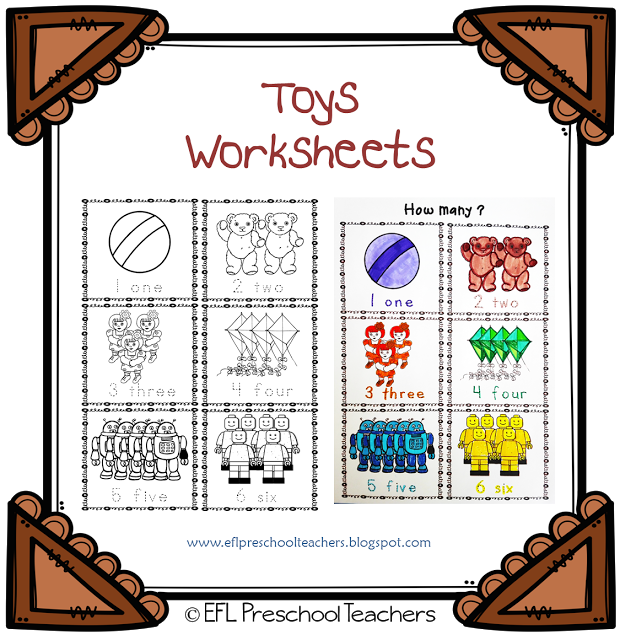 .. When the children are all these 1-2-3-4 -5 touch them with their fingers, shift them from hand to hand or from bunch to bunch, they will begin to understand them.
.. When the children are all these 1-2-3-4 -5 touch them with their fingers, shift them from hand to hand or from bunch to bunch, they will begin to understand them.
4. Choose, compare, do the same...
In fact, these are logical tasks. Identification of similarities, differences, patterns. And children cope with them, and do them with passion and very diligently. nine0003
For very young children (2-3 years old), we ask you to arrange the cubes: red ones on a red plate, blue ones on a blue one. It happens that children do not yet know what word what color is called, but they cope with the task.
Everyone coped, you can move on. Here I will put a turret of three cubes, you put the same one. Many children say: "No, I'll add this, and you repeat it." Also good. In this version, you can make a small mistake and ask the child: “I definitely did it, how did you do it? And look carefully? Or maybe this cube needs to be moved to the edge? Or turn the triangular cube the other side? nine0003
5.
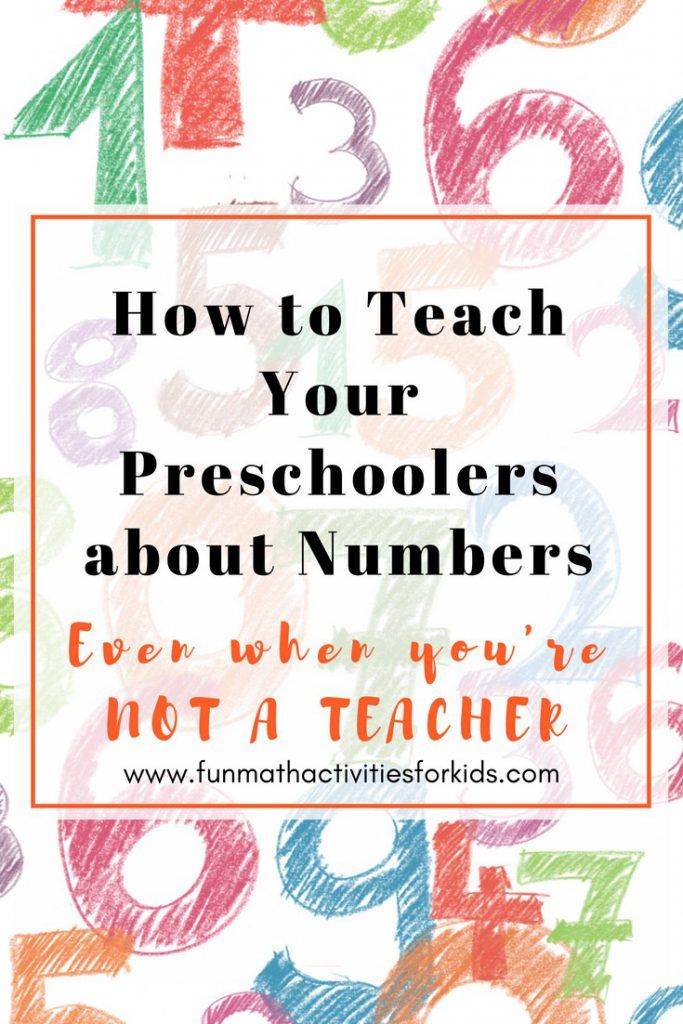 Speak
Speak What other tower can be built from the same three cubes? Yes, a triangular cube on the side, not just on top. And now - another one, similar to the first one, but it has a cube on the edge. And we voice everything we do. Because without speech, we will not move anywhere. On, above, below, in the middle, on the edge... This is important, this is spatial thinking.
With children from four years old, you can build according to schemes, from five years old, you can sketch what you have built in the cells.
Lessons with toddlers (2-4 years old) should be playful! Everything that the child learns, he must beat, as well as feel with his body and touch with his own hands. The time for abstract concepts will come later. Now the child should play, move, talk and touch! nine0003
Photo: Shutterstock (pan_kung)
How to teach kids math | rastishka.by
Mathematics is a science “not for everyone”. Do you think so? Have you dropped your hands and decided that “it’s not given” (neither to you nor to the child)? Desperate early! There are ways to teach a child math quickly and easily.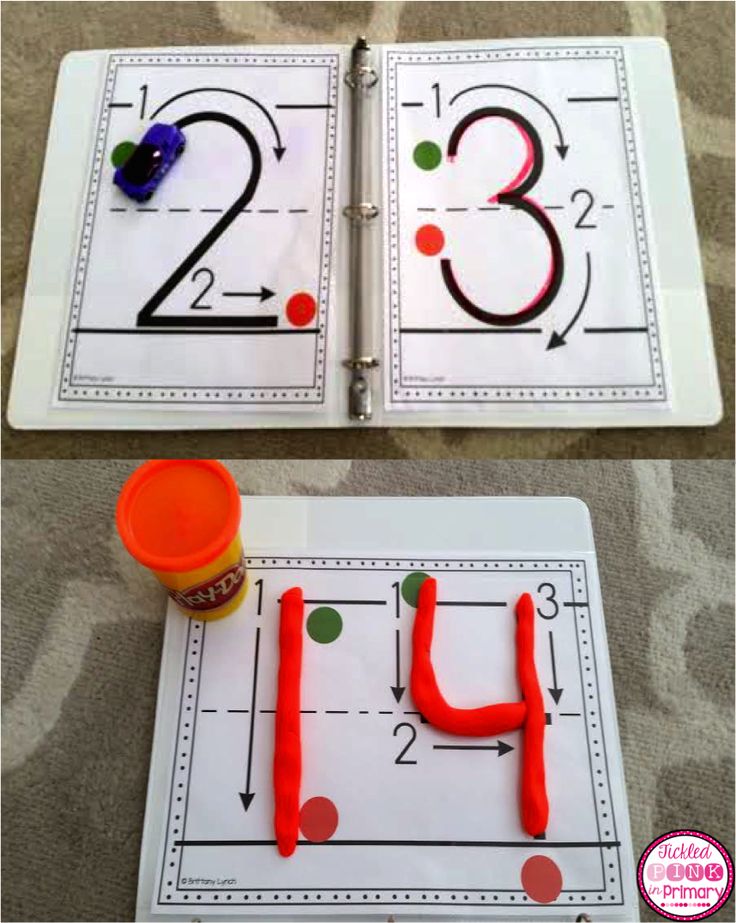 At any age. We share insights and secrets.
At any age. We share insights and secrets.
www.vladtime.ru
Modern education is largely built on the development of analytical skills - it's a fact that very little attention is paid to creativity. But! Almost everyone has heard about the benefits of developing both hemispheres of the brain. All in your hands! Look for non-standard methods and solutions, then your child will love mathematics and will not experience difficulties at school. nine0003
Psychologists report disappointing statistics.
More than 50% of children with creative inclinations come to school, and after six months their number drops to 10%.
And why? They are required to do everything “as the teacher said”, the main motive is to please the teacher, mother, etc.
Mathematics requires abstract thinking, but it is poorly developed among younger students.
This is a given that is important to understand and accept.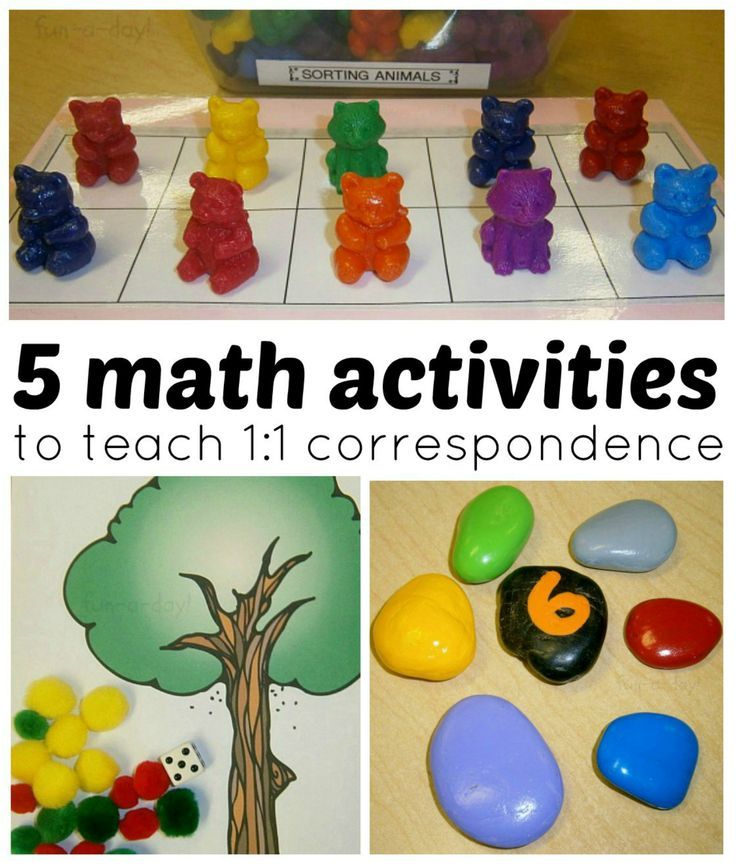 Both parents and the subject teacher, who took the fifth grade, and against the background of high school students, of course, feels a tremendous difference. nine0003
Both parents and the subject teacher, who took the fifth grade, and against the background of high school students, of course, feels a tremendous difference. nine0003
avatars.mds.yandex.net
Parents are “in shock”, the child is “in stress”. How so, HE DOESN'T UNDERSTAND MATHEMATICS... And so! He wants to understand, but he cannot always do this without the qualified help of an adult. And mom and dad do not always know how to explain correctly, because they were “taught wrong”, and modern textbooks can not always boast of the availability and literacy of the presentation of the material.
So, let's try to understand how we can help a child in mathematics, without waiting until problems appear in high school. nine0003
Does the child have a problem with math? There is a solution!
To instill in your child an interest in and love for mathematics, do not wait for the start of schooling. Do math with your child much earlier. In the game, in the usual daily worries and troubles, during walks and trips to visit.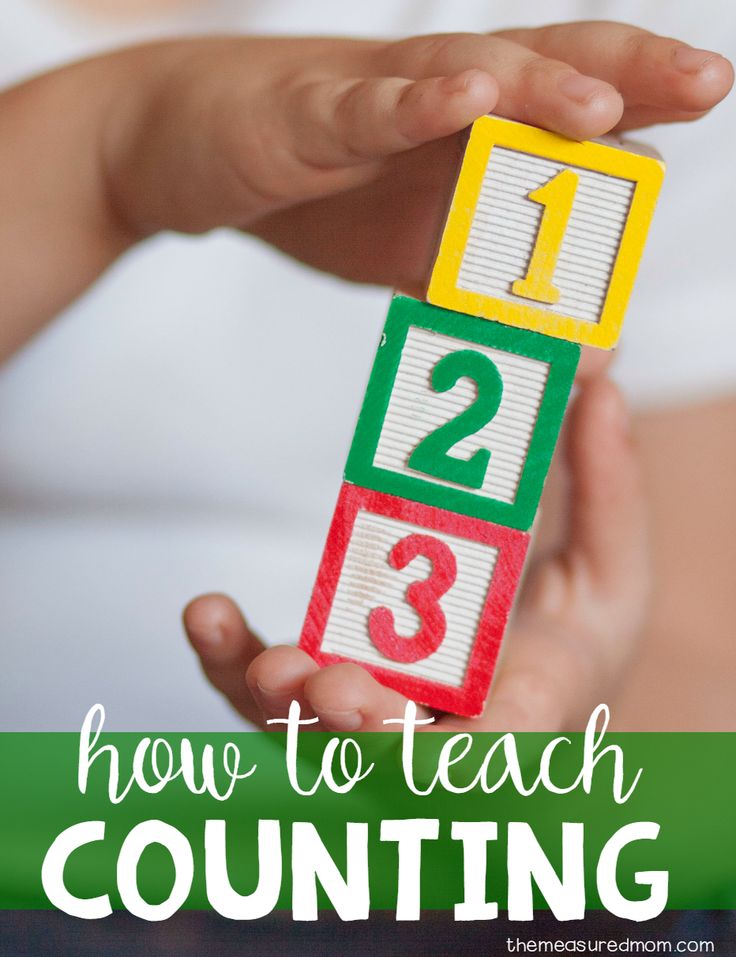 Answer questions, play non-standard situations and give the baby “food for thought”.
Answer questions, play non-standard situations and give the baby “food for thought”.
steshka.ru
PROBLEM: The child cannot calculate something in his mind. nine0112 Reason: He can't imagine, he needs to see the counted items, to perform some actions with the items.
Solution: Try using an abacus (abacus) or other visual aids. This will help the child "feel" the numbers. Draw graphs, diagrams, explain “on cats” - anything, the main thing is CLEAR! And this applies to any topic in any class.
Just adding six to five is nothing, but adding three APPLES to five APPLES is very clear. Child does not understand fractions? Try cutting pizza or breaking sticks. Perhaps this is your path to mathematics! nine0003
If your baby is taking the first steps in the world of mathematics, starts learning numbers and learning to count, we recommend reading:
- How to teach a child to count to 10
- How to teach children to count quickly: mathematics before school
- How to teach a child to count
- Teaching a child to count in the mind is easy!
PROBLEM: The child cannot learn the multiplication table.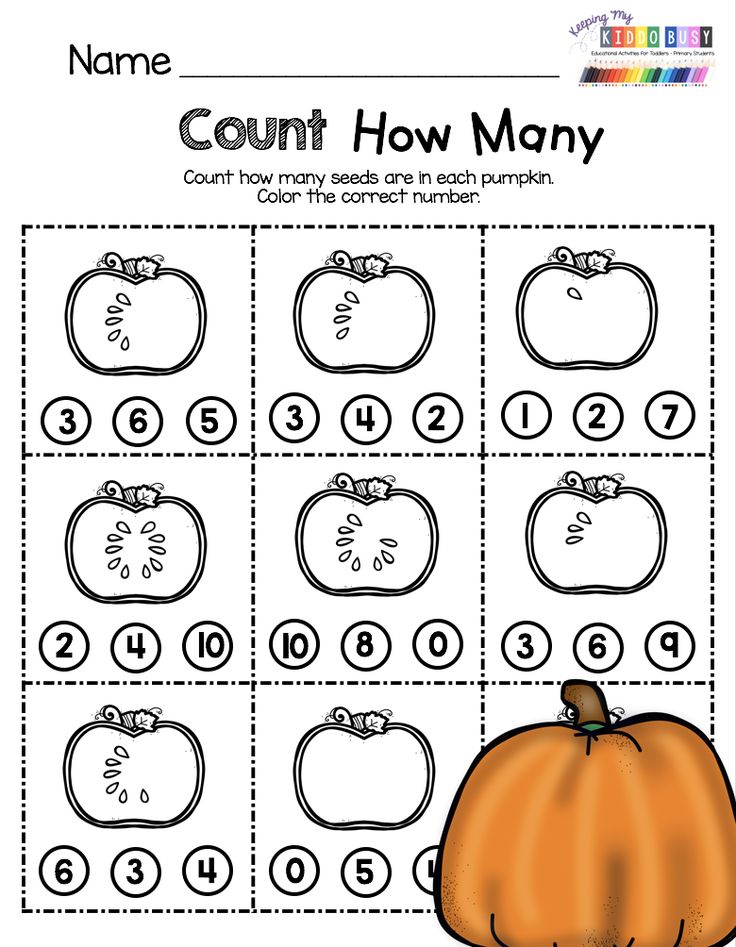 nine0112 Solution: Use other methods than cramming. In fact, out of 100 examples, you need to learn only 15, the rest are amenable to "training". You can try mental arithmetic. And calm down. You may not know the multiplication table, but successfully use it. In the end, the logic of thinking is important. In extreme cases, you can also replace with addition / subtraction.
nine0112 Solution: Use other methods than cramming. In fact, out of 100 examples, you need to learn only 15, the rest are amenable to "training". You can try mental arithmetic. And calm down. You may not know the multiplication table, but successfully use it. In the end, the logic of thinking is important. In extreme cases, you can also replace with addition / subtraction.
Useful tips can be found in our articles:
- How to explain column division to a child in grades 2-3
- How to explain fractions to a child: Grade 5 is just around the corner
PROBLEM: Child does not like math.
Reason: They usually don't like things that don't work out well, where you have to put in a lot of effort, where you're not happy with the result (bad grades), you don't like the teacher.
Solution: Find the root cause and try to correct the situation.
The traditional method of teaching mathematics is based on the division of material into blocks.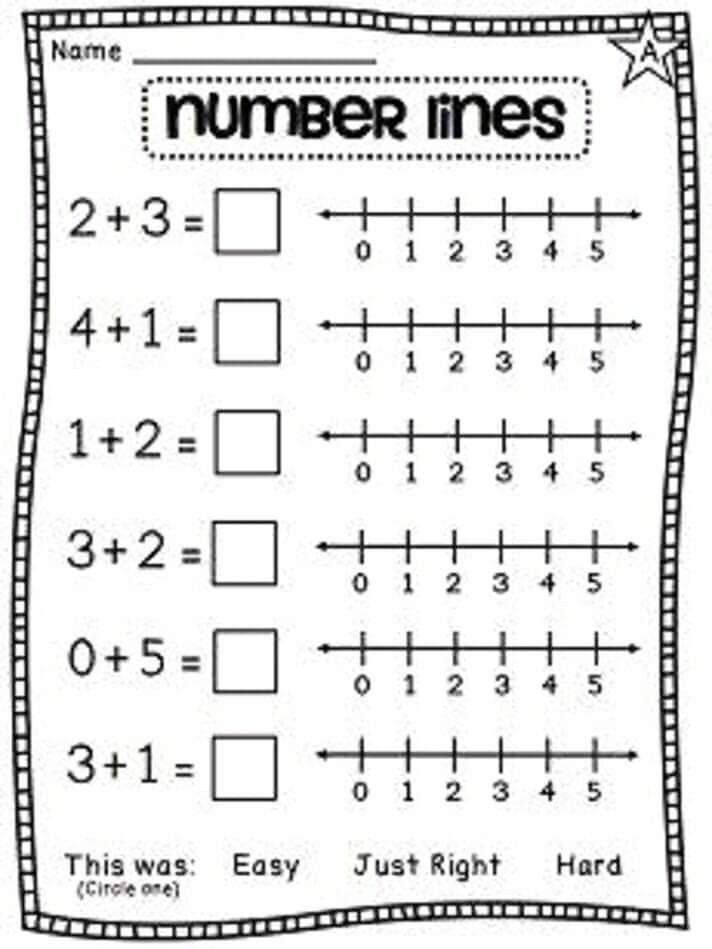 And you try to think differently. nine0003
And you try to think differently. nine0003
Here is an example. A preschooler is given 3 sticks and asked to make a square out of them. Does not work. What to do? They give one more. From four sticks everything turned out. A common situation in real life. But! In the 4th grade, on the topic “Perimeter of a Square”, this child will not need to hammer in the rule that the perimeter is so-and-so. He REMEMBERS 4 sticks and HIMSELF will find a solution in his head, THOUGHT up to it. If you use this approach in mathematics, the child will not have problems, he will love this subject and will be happy to solve problems, equations, examples. nine0003
Use entertaining material more often to instill in your child an interest in mathematics.
Recommended Reading:
- Math Magic: Tricks for Counting Kids
- Magic numbers: magic numbers that can "guess" age
"He has no talent for mathematics." This statement will not withstand any criticism if the child is quite successful in other subjects. For example, he has no problems in a foreign language, but logic is also needed there. So it's not just about ability...
For example, he has no problems in a foreign language, but logic is also needed there. So it's not just about ability...
If a child is not self-confident, very dependent on the opinions of others (parents, teachers), he, as a rule, may experience more difficulties than an inquisitive and self-confident student. In this case, try to explain that difficulties are normal, and if you systematically do mathematics at school and at home, everything will be fine.
The "snowball effect" occurs when there are gaps in knowledge (I missed it, I didn't learn it, I didn't understand it, etc.). It is necessary to prevent such situations, in a timely manner to catch up. nine0003
PROBLEM: The child is unable to solve problems.
Reason: Sometimes a student does not quite understand the meaning of what is written, the essence of the question.
Solution: First, try to "translate" the problem statement into a language understandable to the child. You can tell it in your own words, like a fairy tale or a funny story. You can draw in the form of a diagram or even a comic strip. As soon as the “emotional component” appears, the decision can come unexpectedly quickly.
You can tell it in your own words, like a fairy tale or a funny story. You can draw in the form of a diagram or even a comic strip. As soon as the “emotional component” appears, the decision can come unexpectedly quickly.
How to teach a child to solve problems: recommendations for parents
The question "How to teach a child to solve problems in mathematics" haunts some parents even in their sleep. How? How to make him finally understand?
The child will often have to solve problems: in mathematics, and in algebra, and in geometry, and in physics, and in chemistry. Therefore, it is worth understanding once and for all how to do this, because there are general patterns that apply to any subject. Mom cannot (and should not!) go to school INSTEAD OF a son or daughter, and even more so, she should not do “homework” instead of them. Together - yes, but not INSTEAD OF! nine0003
soroban.ua
“Problem solving is a practical art, like swimming, or skiing, or playing the piano: you can learn it only by practicing .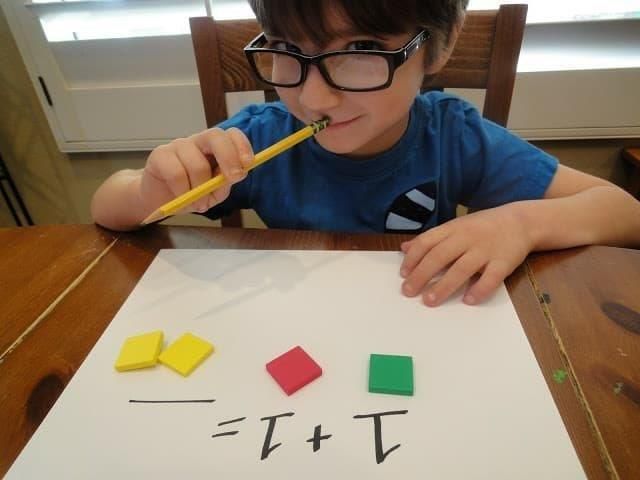 .. if you want to learn how to swim, you will have to go into the water and if you want to be a good problem solver, you have to solve them.” (Mathematician and teacher D. Poya).
.. if you want to learn how to swim, you will have to go into the water and if you want to be a good problem solver, you have to solve them.” (Mathematician and teacher D. Poya).
Any task consists of 4 components:
1. Condition
2. Question
3. Solution
4. Answer
The most important thing to teach a child:
- The answer of the problem is hidden in its condition.
- The answer must be copied from the question.
- The answer always starts with a number.
- The child must clearly know the meaning of "mathematical phrases": "more / less by ... times", "more / less by ...", etc.
- The child must know the concepts of "term", "reduced", "subtracted", etc. nine0034
Only after this, the conditions of the problems will not seem so confusing and complex, and the solution will become simple and obvious.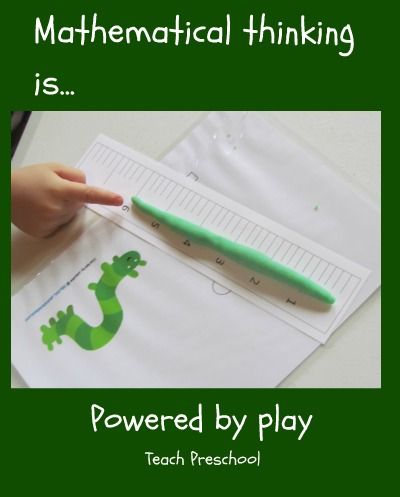
What needs to be done to solve a math problem?
- You need to carefully read the problem and highlight these 4 parts.
The solution of any problem comes down to one thing: find the third (unknown) given two data. So what do we know? What should we find?
- Make a short note, make a schematic drawing, or in any other way turn the task into a “live” visualization. nine0034
This will help the child understand what is happening at the moment described in the problem statement. Sometimes you can demonstrate how "Kolya laid out notebooks into 3 piles ..." or how "Misha cut the apple into 4 parts ..." Play a scene so that the child finds himself "inside the task."
- Check the correctness of the solution to the inverse problem.
Do not rush to report that "you decided correctly" or "the answer is not correct." Substitute the resulting values and check. Perhaps not everything is so simple, the task has more than one, two or even three actions.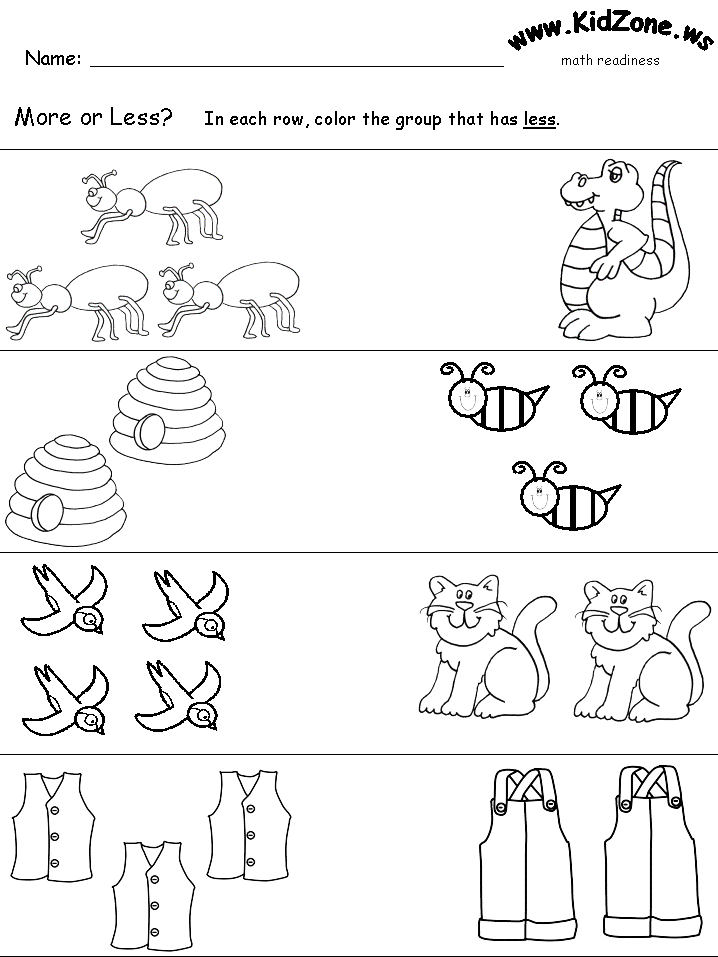 Let the child reason for himself, you just guide. nine0003
Let the child reason for himself, you just guide. nine0003
To teach a child to solve problems, you need to form the habit of doing it, and do it with pleasure. And it can be taught!
Any task must be approached creatively. If that doesn't work, try something else.
- Try to give a problem that contains unnecessary information. The child himself will feel what is important and what can be safely “omitted”.
- Try unusual situations. Let your problem have two or even three solutions. nine0037
- The child knows not what he has been taught, but what he has encountered in life.
- Motivation is important in teaching a child mathematics. nine0037
- Quick counting is not an end in itself.
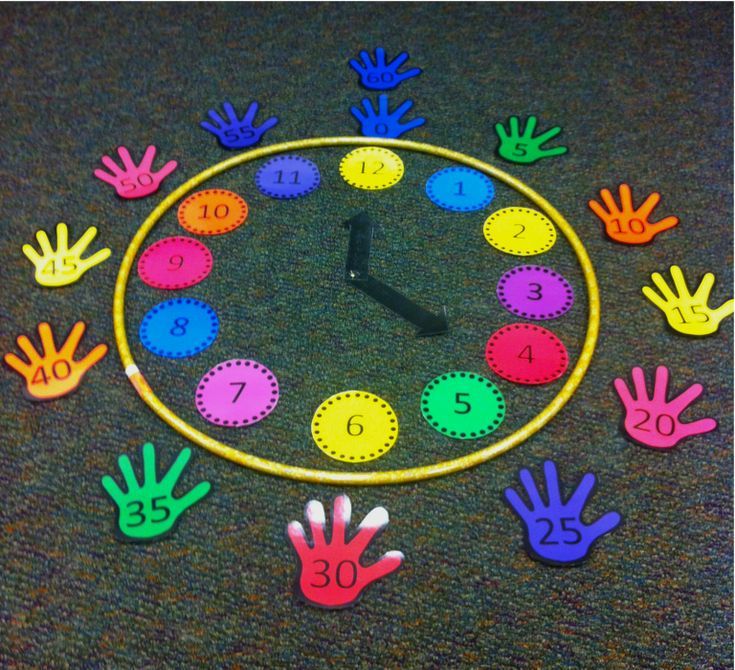
Learn more
And most importantly! Do not expect that you will teach your child to solve problems by doing one or two similar ones with him. The skill must be brought to automatism, the task must be learned to “feel”.
Main conclusions
Therefore, the main thing in mathematics is not the educational material, but the methods by which the child masters it.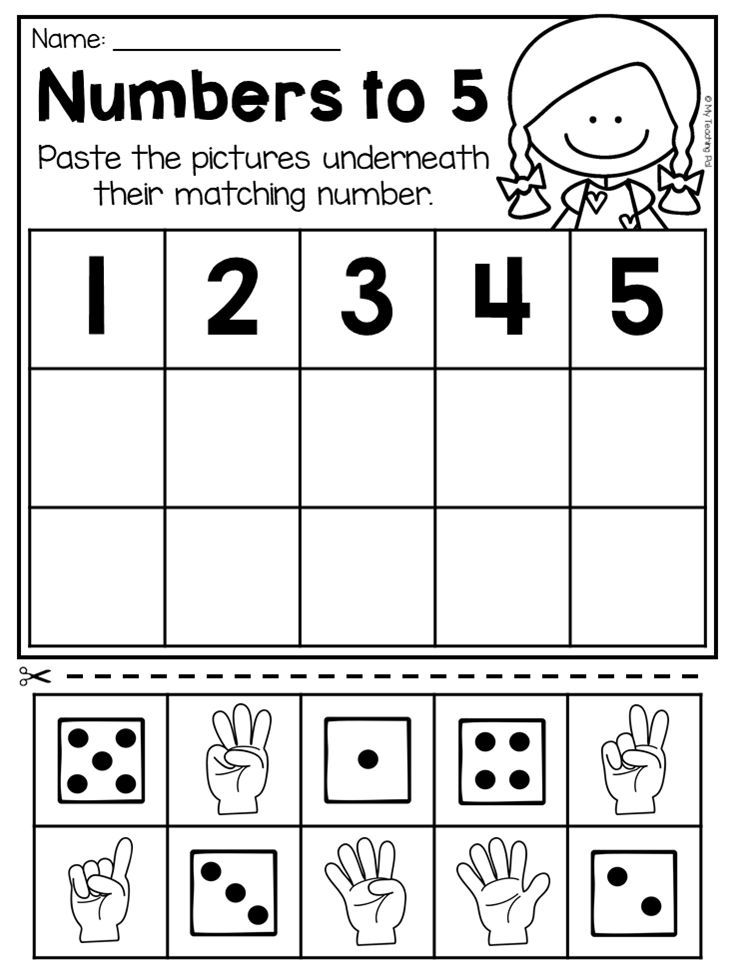
Try to talk to your student. Explain that he is not studying for the marks in the diary, not to please the teacher and please his mother, and not even to enter the university. The employer does not need people who can quickly multiply and divide - for these purposes there is a calculator and "smart" accounting programs. We need people who can analyze, put forward hypotheses, come up with new solutions.
In conversation, try to cling to what your child is passionate about. Mathematics can be “fastened” to almost any field of activity: a programmer needs it, an engineer needs it, a builder needs it, etc. A humanist child will tell you “fi”, but even here you can find arguments “for”. Perhaps quadratic equations will not be particularly useful to him, but the ability to think analytically, which he will acquire as a result of solving them, will be 100% useful in life. nine0003
Help your child see the MEANING in learning mathematics!

